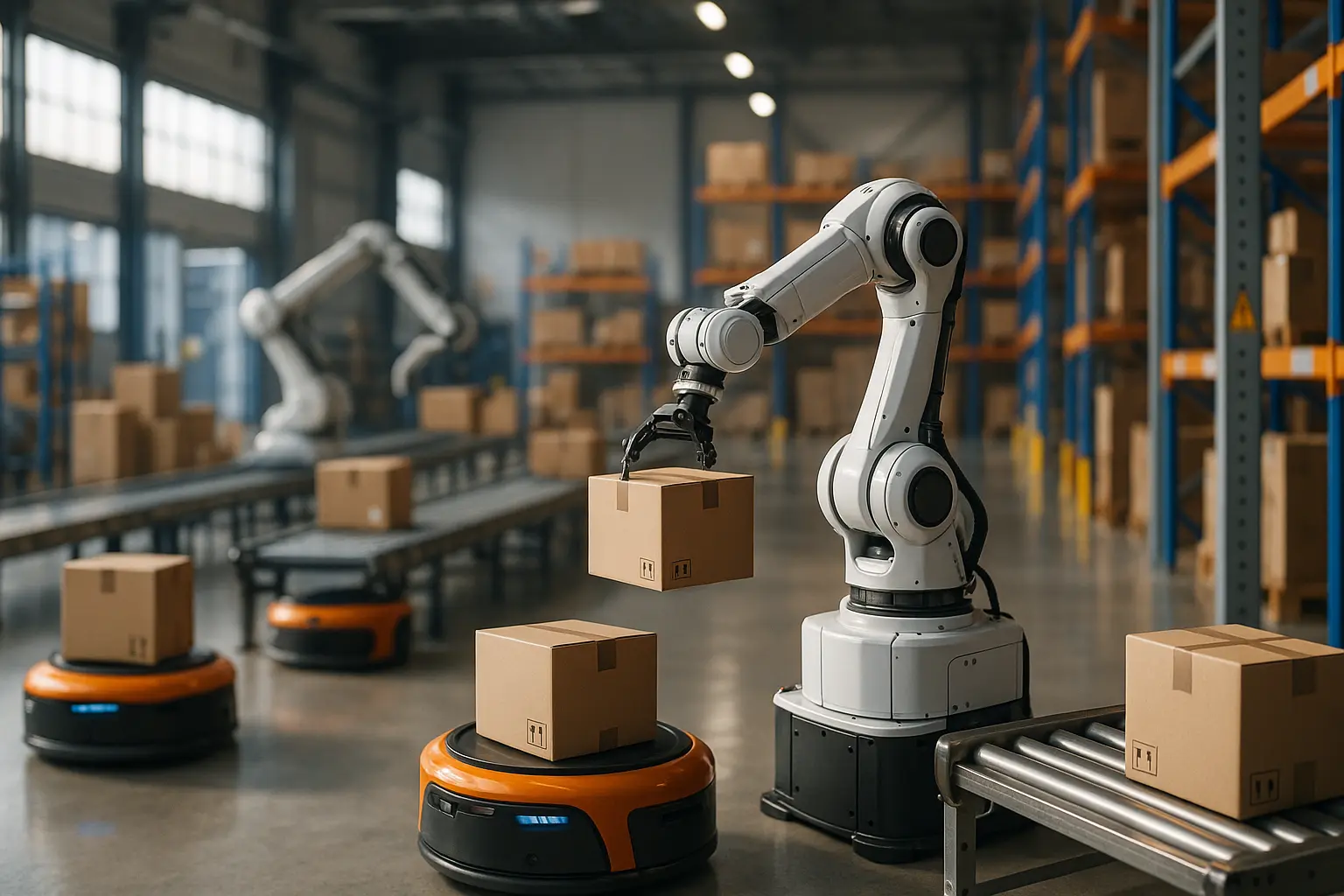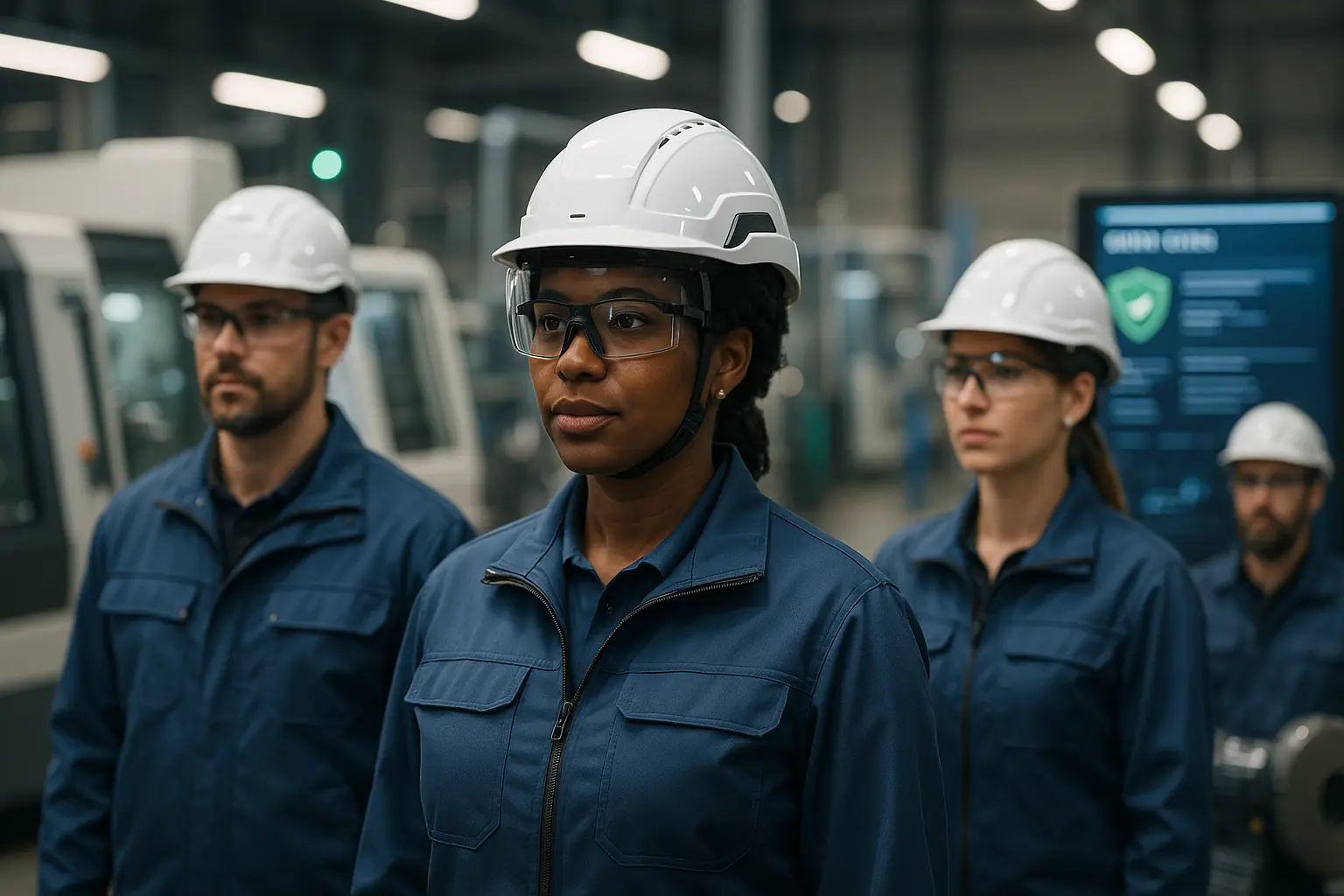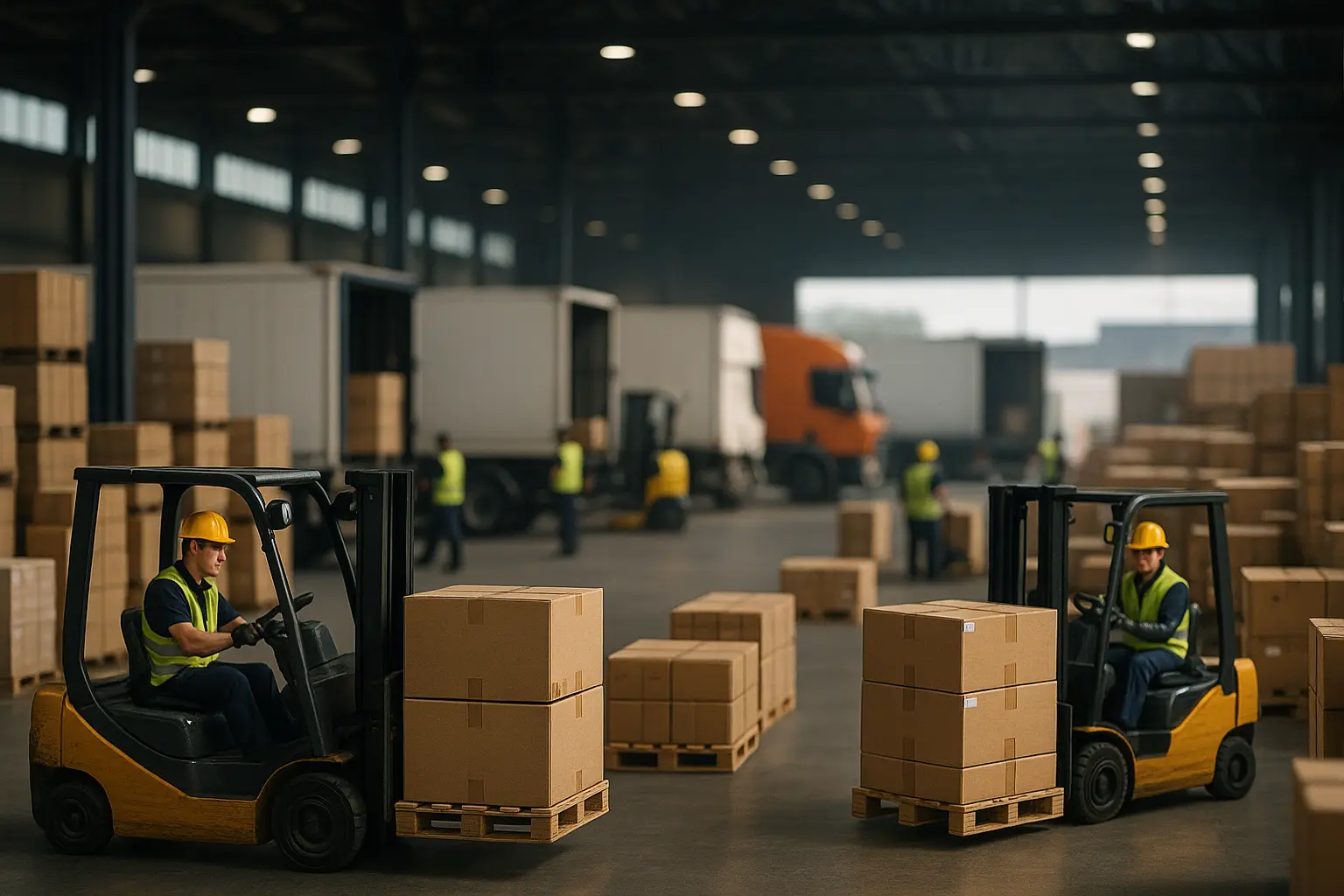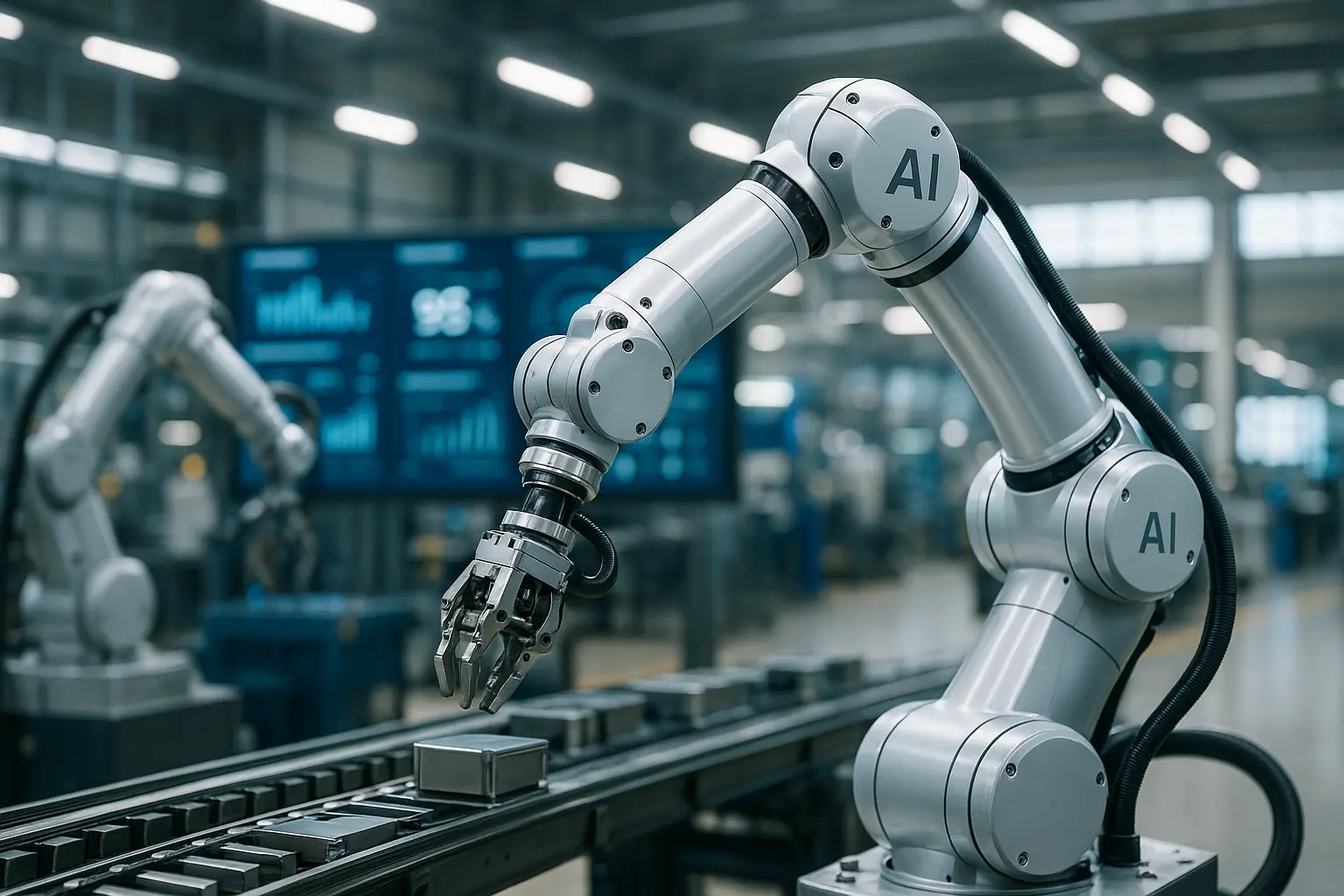How Robotics Is Transforming Warehouse Management
Welcome readers to the dawn of a new era where warehouses are no longer confined by traditional inefficiencies. Imagine a world where shelves breathe with automation, where tasks once mundane and manual are now orchestrated by an army of mechanical marvels. In this piece, we shall explore how robotics is revolutionizing the landscape of warehouse management. We believe this transformation is not only exciting but necessary, propelling us into a future where precision, speed, and efficiency are the hallmarks of success.
In the heart of this revolution lies an intersection of innovation and necessity. As global commerce burgeons, so does the demand for systems that can manage and maneuver immense inventory with supreme agility. Warehouses worldwide are embracing sophisticated robotic systems to streamline operations, amplify productivity, and ensure seamless order fulfillment.
The Integration of Robotics in Warehouse Operations
The integration of robotics into our warehouse operations resembles an intricate dance, where every move is calculated and flawless. In recent years, we’ve witnessed an explosion in the deployment of robots—from those assisting in picking and packing to those reconfiguring storage spaces. This seamless synchronization is the backbone of modern warehouse management.
How We Leverage Robotics
A quintessential example of this evolution is the automated guided vehicle (AGV). AGVs are the workhorses of our warehouses, ferrying goods between storage areas with precision. Unlike human operators, these robots never tire, never mistake one package for another—their fidelity is unparalleled.
Meanwhile, robotic arms are revolutionizing the picking process. With vision systems and machine learning, they identify and retrieve items with a dexterity previously reserved for human hands. This enables us to optimize our order fulfillment, drastically reducing the time from order placement to dispatch.
Data is our ally in this transformation. By harnessing real-time analytics, we can predict demands, allocate resources, and fine-tune our operations. This not only enhances efficiency but also minimizes wastage and errors.
In integrating robotics, we’ve observed a harmonious coexistence between human employees and their mechanical counterparts. By relieving the workforce of monotonous tasks, we empower them to focus on roles requiring human ingenuity and problem-solving.
In essence, the integration of robotics in warehouses isn’t about replacing humans but augmenting their capabilities, ensuring that every task is executed with utmost precision.
Advanced Automation in Inventory Management Systems
In the realm of inventory management, the mantra of today is “automate or stagnate.” Advanced automation systems are the linchpin of modern warehouses, enabling us to maintain a pulse on inventory levels, optimize storage solutions, and anticipate needs with unprecedented foresight.
Our Approach to Automated Systems
Technology has granted us the ability to transcend the constraints of manual inventory counts. Now, through automated systems, we can achieve real-time visibility into stock levels across multiple distribution centers. Imagine the agility afforded by knowing exactly how many units of a product remain, where they are located, and when they need replenishment—all at a glance.
Smart shelving systems are a testament to the innovation in this space. Equipped with sensors and RFID technology, these shelves instantly update the system when items are added or removed. This not only prevents stockouts but also optimizes the flow of goods, ensuring smooth operations.
Furthermore, predictive analytics, powered by data, allow us to foresee patterns and trends, facilitating proactive decision-making. By predicting surges in demand, we can bolster our supply chains and avert potential shortfalls.
While robotics and automation are at the forefront, human oversight remains crucial. It is through collaboration that we fine-tune these systems, ensuring they are responsive to ever-evolving market needs.
Ultimately, embracing advanced inventory management systems allows us to remain agile and competitive, transforming challenges into opportunities.
Redefining Storage with Robotics
Storage in warehouses is undergoing a renaissance, driven by the integration of robotics that redefines how space is utilized. Gone are the days of static shelving; the future is dynamic and adaptable, ensuring every square foot is optimized.
How Robotics Revolutionizes Storage
Robotic storage solutions, such as those offered by automated storage and retrieval systems (AS/RS), maximize space by using vertical dimensions. This not only conserves valuable floor space but also enables us to store a larger variety of products.
The beauty of these systems lies in their flexibility. As demand fluctuates, robotic systems can reconfigure storage layouts, swiftly adapting to new requirements. This adaptability ensures we maintain operational efficiency regardless of changing circumstances.
Moreover, these systems minimize human intervention, reducing errors often associated with manual handling. By delegating tasks like sorting and retrieval to robots, we can achieve precision that enhances the accuracy of stocking and picking processes.
Our warehouses are now equipped with smart robots that seamlessly integrate with our centralized system, ensuring all operations are in sync. This connectivity transforms data into actionable insights, allowing us to make informed decisions about space utilization and inventory placement.
Robotic storage solutions embody the future of warehouse management, where flexibility, precision, and efficiency coalesce to create environments capable of meeting the demands of a rapidly evolving marketplace.
As we stand on the cusp of a new age, the role of robotics in warehouse management is indisputable. It’s a transformation defined not by the replacement of humans but by the augmentation of our abilities with cutting-edge technology.
The journey we’ve undertaken to integrate robotics has been exhilarating, embedding automation into every facet of our operations. It’s a journey characterized by efficiency, precision, and innovation—where data-driven decisions propel us forward.
Looking ahead, we envision a future where warehouse operations continue to evolve, becoming more responsive, adaptive, and seamless. With robotics as our steadfast ally, we’re poised to meet the challenges of tomorrow with agility and confidence.
Together, let’s embrace this new age, harnessing robotics to redefine possibilities, revolutionize tasks, and drive the future of warehouse management.
FAQ
What role do robots play in warehouse management today?
Robots are significantly enhancing efficiency in warehouses by handling repetitive and labor-intensive tasks such as picking, packing, and sorting. They help in reducing errors, speeding up processes, and allowing human workers to focus on more complex tasks.
How do autonomous mobile robots improve warehouse operations?
Autonomous mobile robots (AMRs) navigate warehouses using sensors and maps to transport goods efficiently. They increase productivity by optimizing routes and reducing the time it takes to move items from one place to another, enhancing the overall workflow.
What are the benefits of using robotics for inventory management?
Robotics in inventory management offers precise stock monitoring, reduces human error, and ensures real-time data availability. This leads to better inventory accuracy, minimizes stockouts or overstock situations, and ultimately improves customer satisfaction.
How does robotic automation impact the safety of warehouse workers?
Robotic automation enhances safety by taking over potentially hazardous tasks such as heavy lifting and working in extreme conditions. With robots handling these duties, the risk of workplace injuries decreases, creating a safer environment for human employees.
Are there any challenges associated with implementing robotics in warehouses?
While robotics offers numerous advantages, challenges include the initial investment costs, integration with existing systems, and the need for employee training. Additionally, there is a learning curve for adapting to new technologies and ensuring seamless collaboration between robots and human workers.













